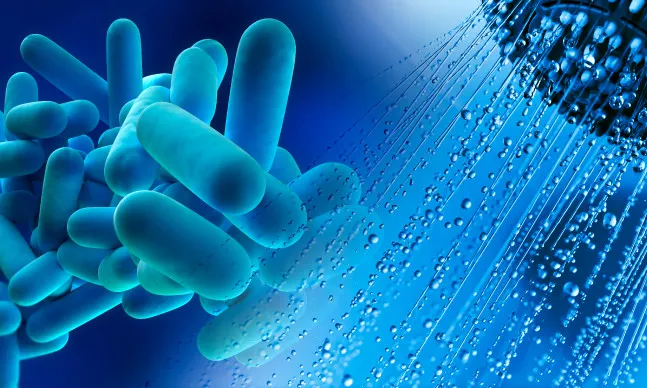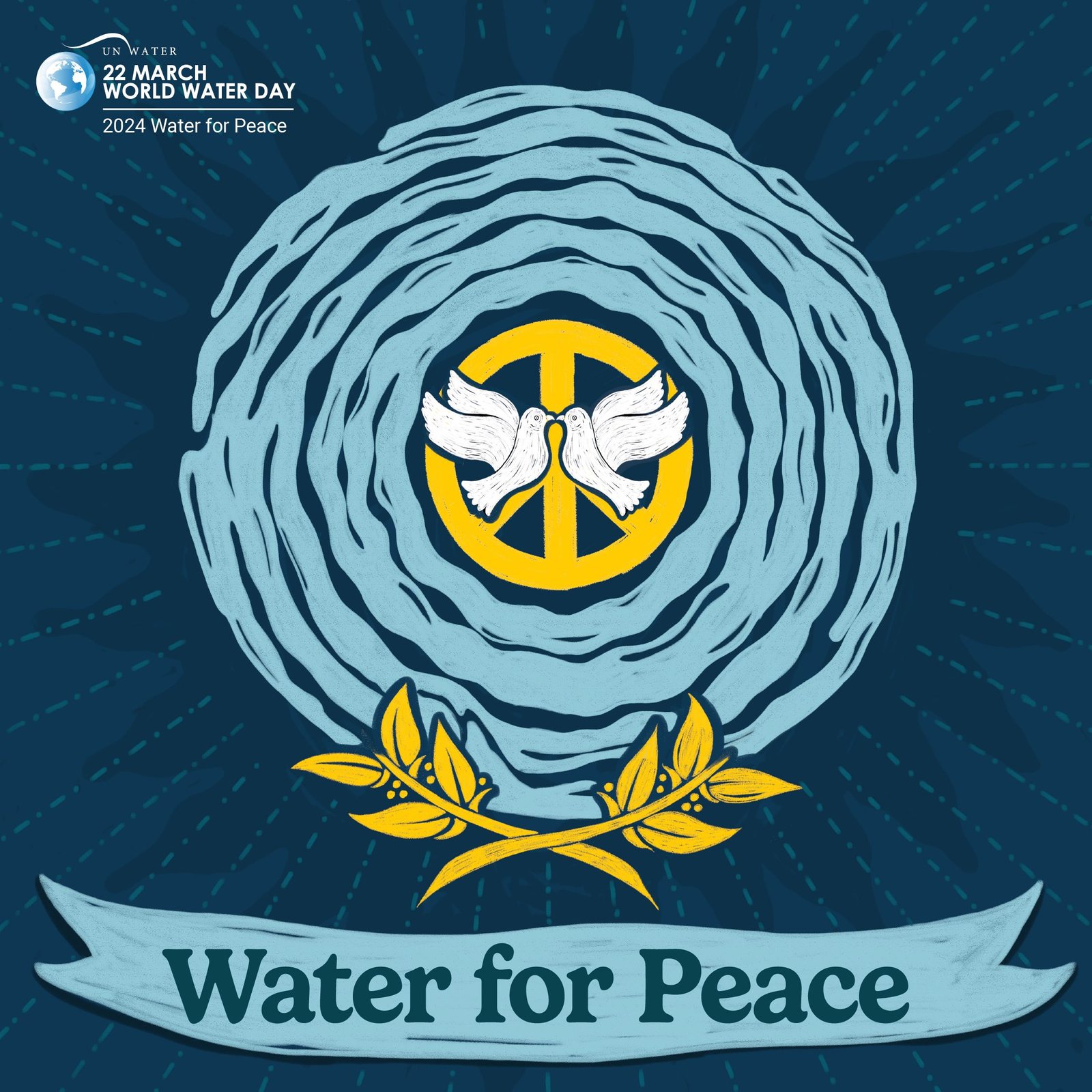WORLD WATER DAY 2022
UNDERGROUND WATER – MAKING THE INVISIBLE VISIBLE
Groundwater is invisible, but its impact is visible everywhere and we need to keep it directly in mind.
As every year, the United Nations is celebrating World Water Day on 22 March 2022.

The purpose of World Water Day is to celebrate water and raise awareness of the 2 billion people living without access to safe water.
The theme chosen to be highlighted this year to raise awareness is groundwater. The title of the campaign is “Groundwater – making the invisible visible”. The text below is the main narrative of the campaign:
Groundwater is invisible, but its impact is visible everywhere.
Far from our eyes, beneath our feet, groundwater is a hidden treasure that enriches our lives. In the driest parts of the world, it may be the only water people have.
Almost all of the world’s freshwater in liquid form is groundwater, supporting drinking water supplies, sanitation systems, agriculture, industry and ecosystems.
In many places, human activities overuse and pollute groundwater. In other places, we simply don’t know how much water is down there.
Groundwater will play a critical role in adapting to climate change. We need to work together to manage this precious resource sustainably.
Groundwater may not be directly visible, but it must be directly in our minds.
What is groundwater?
Groundwater is water that is found underground in aquifers, which are geological formations of rocks, sands and gravels that hold significant amounts of water. Groundwater supplies springs, rivers, lakes and wetlands and flows into the oceans. Groundwater is mainly recharged by rain and snowfall that seeps into the ground. Groundwater can be brought to the surface by pumps and wells.
Why is groundwater important?
Almost all of the world’s liquid freshwater is underground. Life would not be possible without groundwater. Most arid regions of the world depend entirely on it. Groundwater provides a large proportion of the water we use for drinking, sanitation, food production and industrial processes. Groundwater is also extremely important for the healthy functioning of ecosystems such as wetlands and rivers. Over-exploitation of groundwater can lead to soil instability and subsidence and, in coastal areas, to seawater seeping underground.
The visible impacts of groundwater:
The invisible ingredient of food
Agriculture is the largest consumer of the world’s freshwater resources and more than a quarter of the world’s energy used is spent on food production and supply. Feeding a global population expected to reach 9 billion people by 2050 will require a 60 percent increase in food production.
About 40 percent of all water used for irrigation comes from aquifers. Especially in countries with water scarcity, providing cheap energy to pump groundwater for irrigated agriculture can lead to groundwater depletion and a decline in water quality, with potentially serious consequences for those who now depend on groundwater irrigation. In addition, the use of fertilisers and pesticides in agriculture poses a serious threat to groundwater quality.
For example, nitrates are the most common pollutant of groundwater resources worldwide. Avoiding the problems of groundwater depletion requires coherent policies on energy, land use and irrigation. Reducing food waste can also play an important role in reducing water consumption.
A finite resource
There are limitations to groundwater use, such as groundwater quality and high pumping costs (from deep aquifers). In addition, groundwater is not always available in sufficient quantities in the places where there is the greatest human demand for water. For example, the Asia-Pacific region has the lowest per capita water availability in the world, with groundwater use in the region projected to increase by 30 percent by 2050.
Groundwater quality and pollution
The potential threats to groundwater quality are natural (geogenic) pollution and sources of pollution from land use and other human activities (anthropogenic pollution).
Two of the most widespread geogenic pollutants are arsenic and fluoride. Natural arsenic pollution in groundwater affects millions of people on all continents. Therefore, groundwater quality must be assessed and monitored regularly.
Anthropogenic pollution includes the effects of agricultural intensification, urbanisation, population growth and climate change. For example, across Africa, groundwater quality is affected by poor sanitation infrastructure and agricultural practices, which have led to high levels of nitrate and microbial contamination.
In North America and Europe, nitrates and pesticides pose a major threat to groundwater quality: 20% of European Union (EU) groundwater exceeds EU standards for good water quality due to agricultural pollution.
Why should we care about groundwater?
Groundwater is over-consumed in many areas, where more water is drawn from aquifers than is recharged by rain and snow. Continued overuse eventually leads to depletion of the resource.
Groundwater is contaminated in many areas and remediation is often a long and difficult process. This increases the cost of treating groundwater and sometimes even prevents its use.
In other places, we don’t know how much groundwater is under our feet, which means we could fail to make use of a potentially vital water resource.
Exploring, protecting and sustainably using groundwater will be central to surviving and adapting to climate change and meeting the needs of a growing population.
What can we do about groundwater?
Groundwater has always been of critical importance but has not been fully recognised. We need to protect groundwater from pollution and use it sustainably, balancing the needs of people and the planet.
The vital role of groundwater in water and sanitation systems, agriculture, industry, ecosystems and adaptation to climate change must be taken into account in any future planning.
Facts and figures
Today, 1 in 4 people or 2 billion people worldwide lack safe drinking water.
Almost half of the world’s population or 3.6 billion people lack safe sanitation.
More than 700 children under the age of 5 die every day from diarrhoeal diseases due to poor sanitation, poor hygiene or unsafe drinking water.
1 in 3 people or 2.3 billion people worldwide lack basic hand-washing facilities at home.
Almost half of the world’s schools lack handwashing facilities with soap and water.
Globally, at least 2 billion people use a contaminated drinking water source.
Universal access to safe drinking water, adequate sanitation facilities and better hygiene would reduce the global burden of disease by 10%.
https://www.worldwaterday.org/
https://www.unwater.org/water-facts/water-sanitation-and-hygiene/





